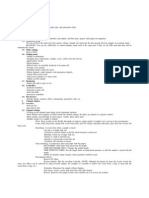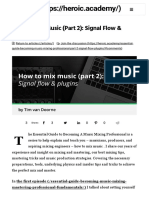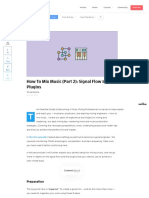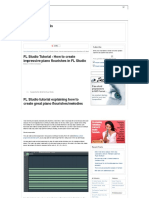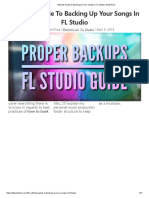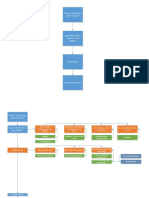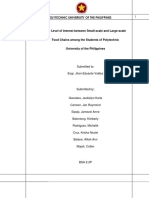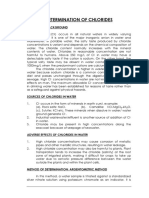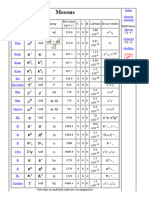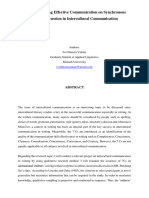0% found this document useful (0 votes)
17 views12 pagesFL Studio Plugin Organization Guide
The document provides a structured approach for organizing plugins in FL Studio to enhance workflow efficiency. It includes steps for auditing plugins, creating categories, color-coding, organizing mixer tracks, and setting up templates. Additionally, it offers tips for using favorites and quick access to streamline the mixing and mastering process.
Uploaded by
themookhaCopyright
© © All Rights Reserved
We take content rights seriously. If you suspect this is your content, claim it here.
Available Formats
Download as PDF, TXT or read online on Scribd
0% found this document useful (0 votes)
17 views12 pagesFL Studio Plugin Organization Guide
The document provides a structured approach for organizing plugins in FL Studio to enhance workflow efficiency. It includes steps for auditing plugins, creating categories, color-coding, organizing mixer tracks, and setting up templates. Additionally, it offers tips for using favorites and quick access to streamline the mixing and mastering process.
Uploaded by
themookhaCopyright
© © All Rights Reserved
We take content rights seriously. If you suspect this is your content, claim it here.
Available Formats
Download as PDF, TXT or read online on Scribd
/ 12













